Fencing is a sport that requires not only physical strength and agility, but also mental focus and strategic thinking. It is a combat sport that involves two opponents using specialized swords to score points by making contact with their opponent’s body. In order to be successful in fencing, one must master various techniques such as footwork, blade work, and tactics. These techniques are essential in both offensive and defensive moves, and they require precision, speed, and control. In this blog post, we will delve into the different aspects of fencing techniques and how to master them for success.
Introduction to Fencing Techniques
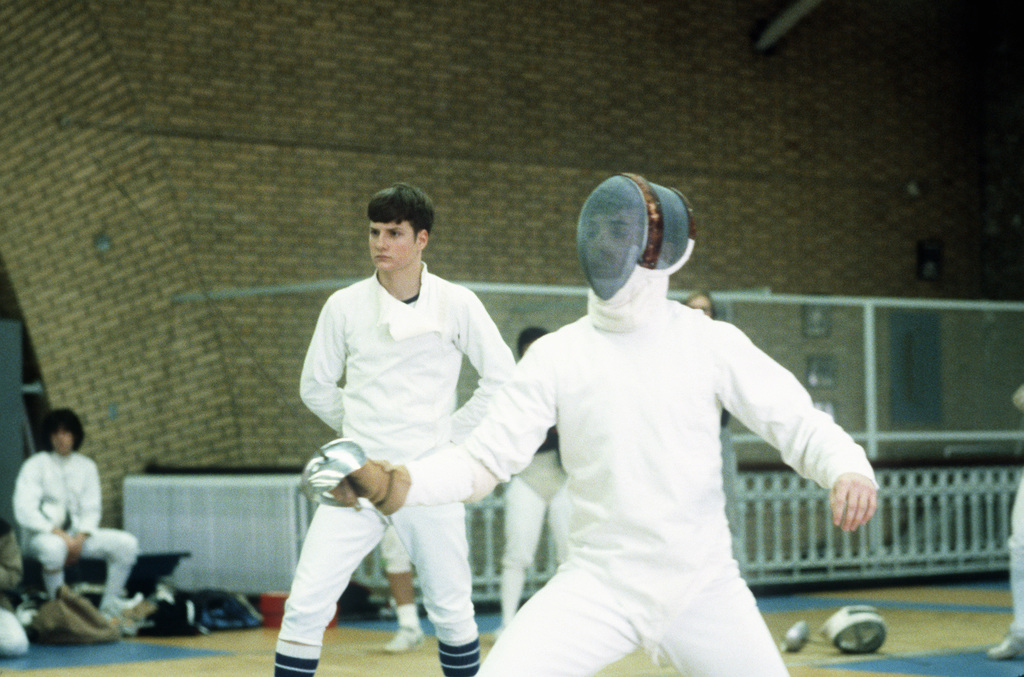
Fencing is a sport that has been around for centuries, with its origins dating back to ancient civilizations such as Egypt and Greece. It has evolved over time and has become a popular Olympic sport, with three different disciplines: foil, epee, and sabre. Each discipline has its own set of rules and techniques, but they all share the same basic principles of footwork, blade work, and tactics.
The ultimate goal in fencing is to score points by hitting your opponent with your sword while avoiding being hit yourself. This requires quick reflexes, agility, and precise movements. In order to achieve this, fencers must have a strong foundation in the fundamental techniques of fencing.
Basic Footwork in Fencing
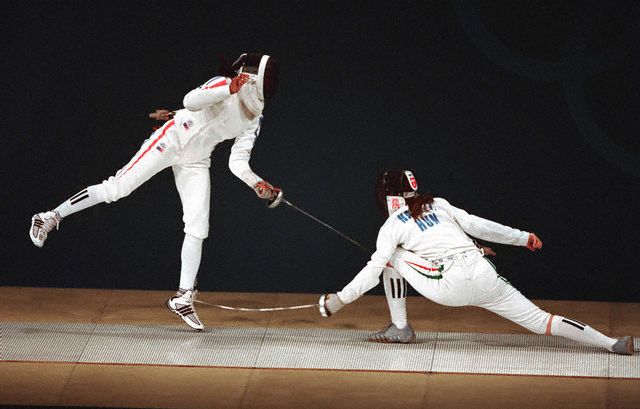
Footwork is the foundation of fencing and is crucial in executing both offensive and defensive moves. It involves moving your feet in a controlled and coordinated manner to create distance, change direction, and maintain balance. There are three main types of footwork in fencing: advance, retreat, and lunge.
Advance
The advance is the most basic footwork in fencing and involves taking a step forward with the lead foot. This movement is used to close the distance between you and your opponent, allowing you to launch an attack. It is important to keep your weight evenly distributed on both feet and maintain a low center of gravity to avoid being off balance.
Retreat
The retreat is the opposite of the advance, where you take a step back with your rear foot. This movement is used to create distance between you and your opponent, giving you more time to react and defend against their attacks. Similar to the advance, it is important to maintain balance and keep your weight evenly distributed on both feet.
Lunge
The lunge is a more advanced footwork technique that involves extending your front leg forward while keeping your back leg bent. This movement allows you to cover a large distance quickly and launch a powerful attack. It requires good coordination and control to execute properly, as well as strong leg muscles for power and speed.
Mastering the Lunge in Fencing
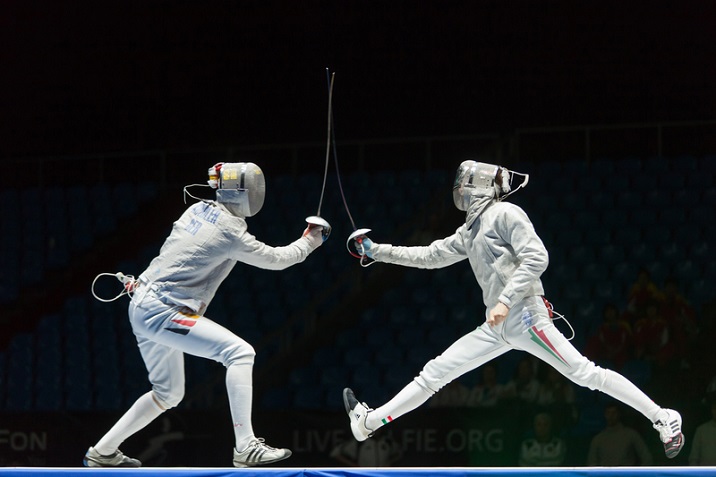
The lunge is a fundamental technique in fencing and mastering it is essential for success. Here are some tips to help you improve your lunge:
- Start with proper stance: Before executing a lunge, make sure you have a solid stance with your feet shoulder-width apart and your knees slightly bent. This will give you a stable base to launch from.
- Use your arms: As you lunge, extend your sword arm forward while pulling your other arm back. This will help with balance and also add power to your attack.
- Keep your back straight: It is important to maintain a straight back throughout the lunge to avoid losing balance. Imagine a string pulling you up from the top of your head.
- Practice, practice, practice: The key to mastering the lunge is to practice it repeatedly. Start slowly and focus on proper form, then gradually increase your speed and power.
Understanding Different Types of Blades in Fencing
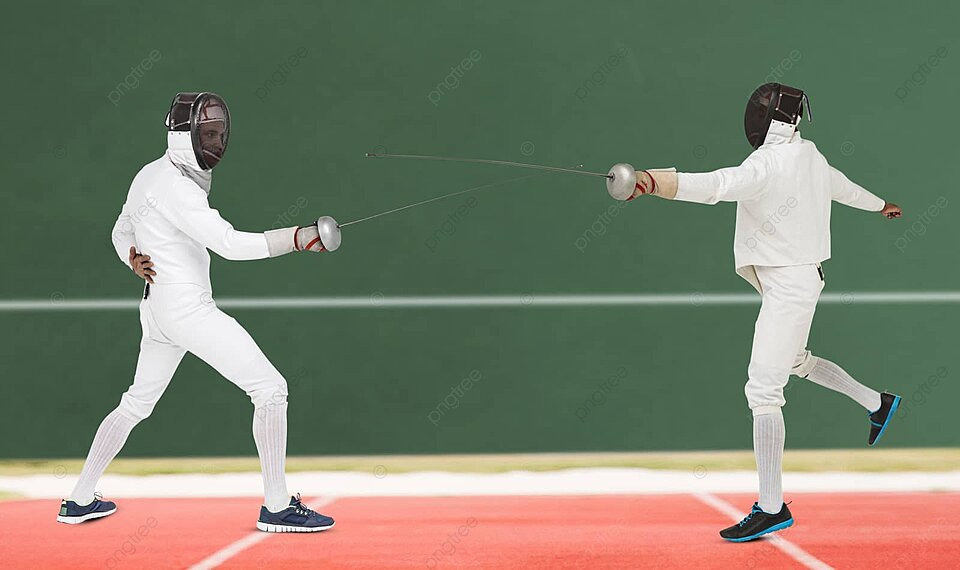
In fencing, there are three different types of blades: foil, epee, and sabre. Each blade has its own unique characteristics and techniques, and it is important to understand them in order to use them effectively.
Foil
The foil is the most commonly used blade in fencing and is the weapon used in the foil discipline. It is a lightweight and flexible blade that is designed for thrusting attacks. The target area in foil fencing is limited to the torso, including the back, chest, and groin. This requires fencers to have precise control and accuracy in their attacks.
Epee
The epee is a heavier and stiffer blade compared to the foil and is used in the epee discipline. Unlike the foil, the entire body is considered a valid target area in epee fencing. This means that fencers must be more strategic in their attacks and focus on finding openings in their opponent’s defense.
Sabre
The sabre is the shortest and heaviest of the three blades and is used in the sabre discipline. It is a cutting weapon, meaning that both thrusts and slashes are allowed. The target area in sabre fencing includes the entire upper body, including the head, arms, and hands. This requires fencers to have quick reflexes and good hand-eye coordination.
Strategies for Attacking and Defending in Fencing
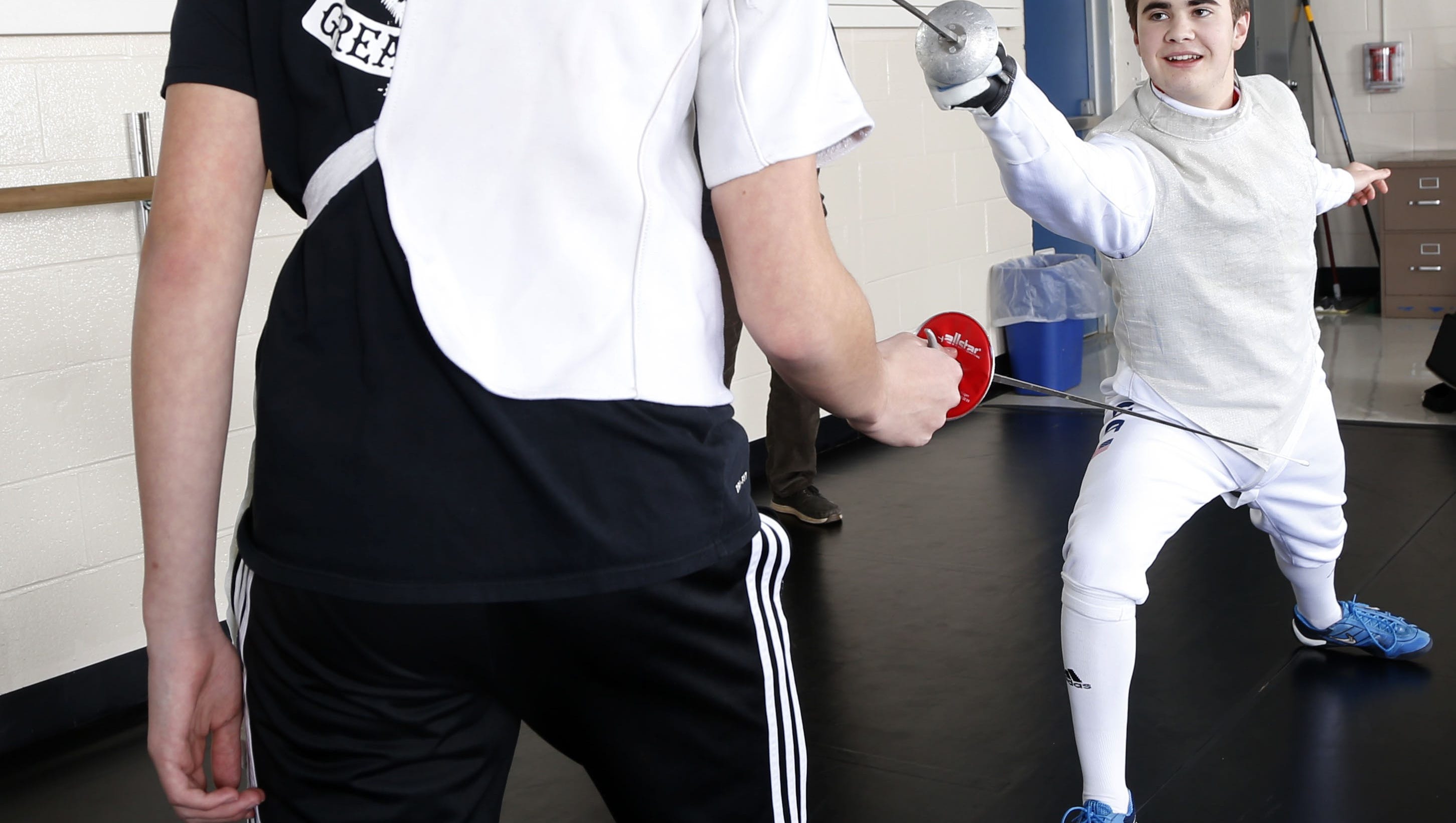
In fencing, there are two main strategies: attacking and defending. Both are equally important and require different techniques and tactics.
Attacking
Attacking in fencing involves launching an offensive move with the goal of scoring a point. Here are some tips for effective attacking:
- Use feints: Feinting is a technique where you make a false attack to deceive your opponent and create an opening for a real attack.
- Vary your attacks: Don’t always use the same attack as your opponent will eventually figure it out. Mix it up by using different types of attacks such as direct, indirect, or compound attacks.
- Be aggressive: Fencing is a fast-paced sport and being aggressive can catch your opponent off guard. However, make sure to maintain control and not become reckless.
Defending
Defending in fencing involves blocking or avoiding your opponent’s attacks. Here are some tips for effective defending:
- Keep your distance: Maintaining the right distance from your opponent is crucial in defending. Too close and you risk getting hit, too far and you won’t be able to counterattack.
- Use parries: Parrying is a defensive move where you use your blade to deflect your opponent’s attack. There are different types of parries for different types of attacks, so it is important to practice and master them.
- Stay calm: Fencing can be intense and it is easy to get flustered when your opponent is constantly attacking. It is important to stay calm and focused in order to effectively defend against their attacks.
Advanced Techniques for Fencing Footwork
Once you have mastered the basic footwork techniques, there are more advanced techniques that can give you an edge in fencing.
Utilizing Distance and Timing in Fencing
Distance and timing are crucial in fencing and can make the difference between a successful attack and a failed one. Here are some tips for utilizing distance and timing in fencing:
- Know your reach: Each fencer has a different reach depending on their height and arm length. It is important to know your reach and use it to your advantage by staying just out of your opponent’s reach while still being able to reach them.
- Time your attacks: Timing is key in fencing and knowing when to launch an attack is crucial. Watch your opponent’s movements and look for openings to strike.
- Use changes in tempo: Tempo refers to the speed and rhythm of your movements. Changing your tempo can throw off your opponent’s timing and create opportunities for attacks.
The Importance of Proper Grip in Fencing
In addition to footwork and blade work, having a proper grip on your sword is essential in fencing. The grip allows you to control the sword and execute precise movements. Here are some tips for achieving a proper grip:
- Use all fingers: Your grip should involve all four fingers and your thumb. This will give you better control and strength in your attacks.
- Keep a loose grip: It may seem counterintuitive, but gripping your sword too tightly can actually hinder your movements. Keeping a loose grip allows for more fluid and precise movements.
- Practice different grips: There are various types of grips used in fencing, such as the French grip, pistol grip, and orthopedic grip. Experiment with different grips to find what works best for you.
Fencing Tactics for Different Opponents
In fencing, it is important to adapt your tactics depending on your opponent’s style and strengths. Here are some tactics for different types of opponents:
- Aggressive opponents: Against aggressive opponents, it is important to stay calm and focus on defense. Look for opportunities to counterattack when they leave themselves open.
- Defensive opponents: With defensive opponents, use feints and changes in tempo to create openings for attacks. Be patient and wait for them to make a mistake.
- Taller opponents: Against taller opponents, use your speed and agility to your advantage. Stay close to them and use quick attacks to catch them off guard.
- Shorter opponents: Against shorter opponents, use your reach to your advantage. Keep your distance and use longer attacks to score points.
Mental Preparation for Fencing Competitions
Fencing is not just a physical sport, but also a mental one. In order to be successful in competitions, it is important to prepare mentally as well. Here are some tips for mental preparation:
- Visualize success: Before a competition, take some time to visualize yourself executing perfect techniques and winning your matches. This will help build confidence and reduce anxiety.
- Stay focused: During a competition, it is important to stay focused on the present moment and not get distracted by the outcome. Focus on one point at a time and trust in your training.
- Learn from mistakes: It is inevitable that you will make mistakes during a competition. Instead of dwelling on them, use them as learning opportunities for improvement.
Conclusion
Fencing is a complex and challenging sport that requires mastery of various techniques such as footwork, blade work, and tactics. By understanding and practicing these techniques, fencers can improve their skills and increase their chances of success in competitions. Remember to always focus on proper form and technique, and never stop learning and improving. With dedication and hard work, anyone can become a master of fencing techniques.